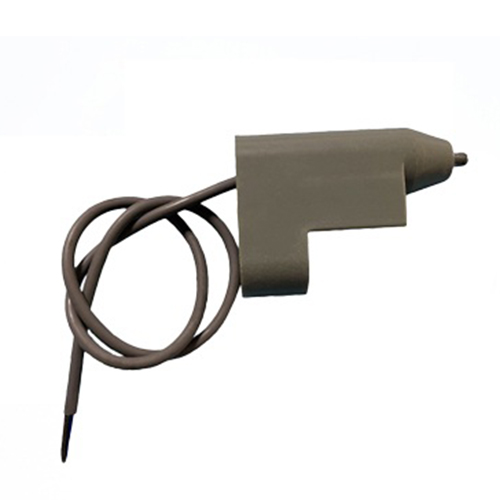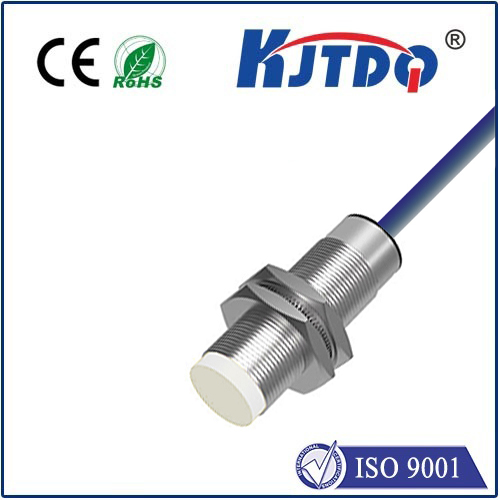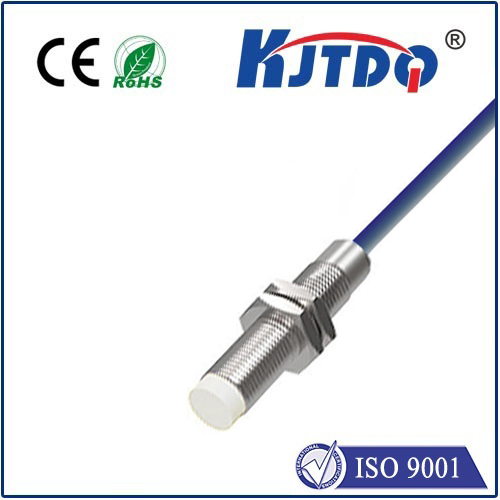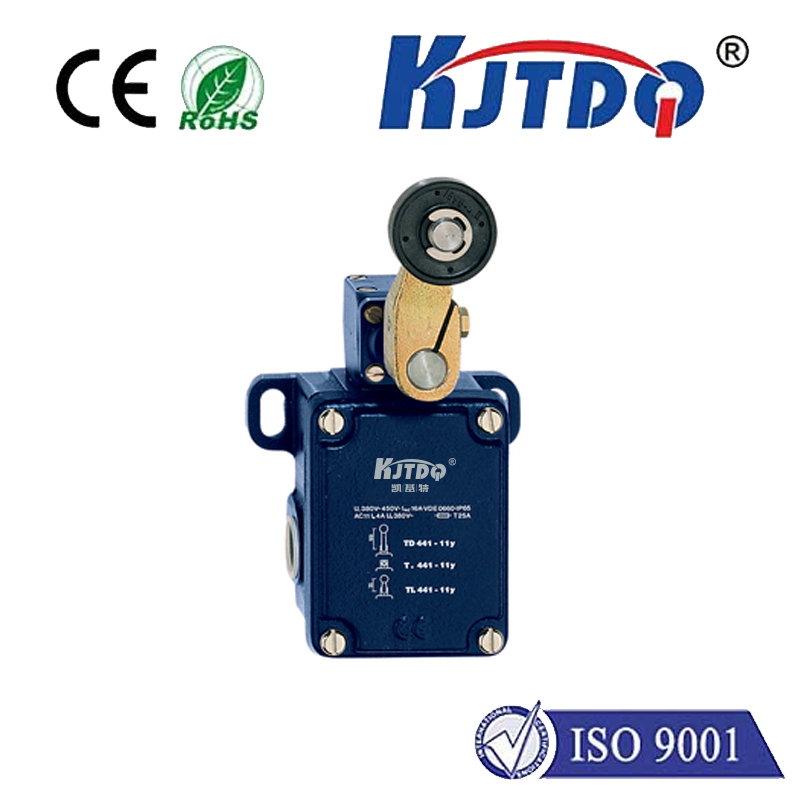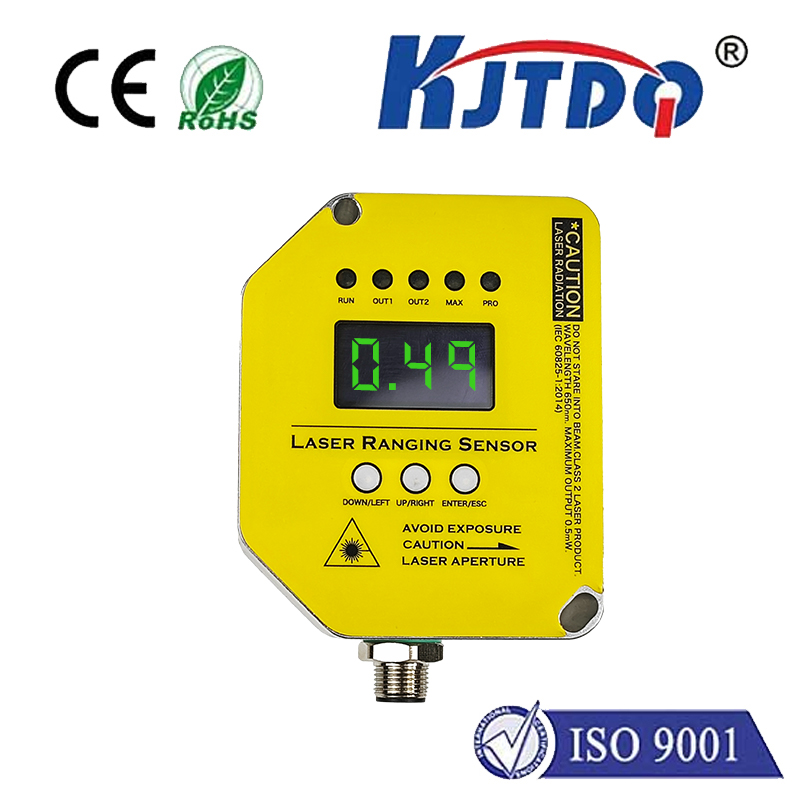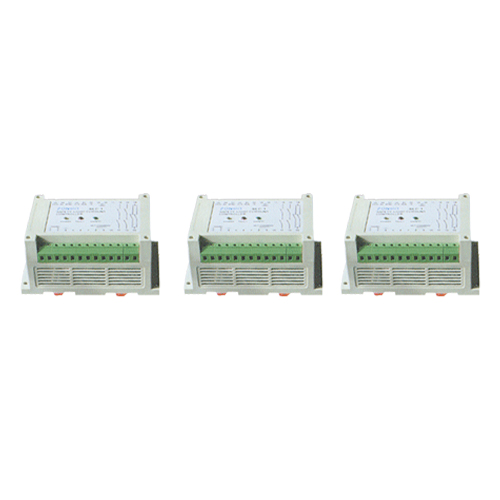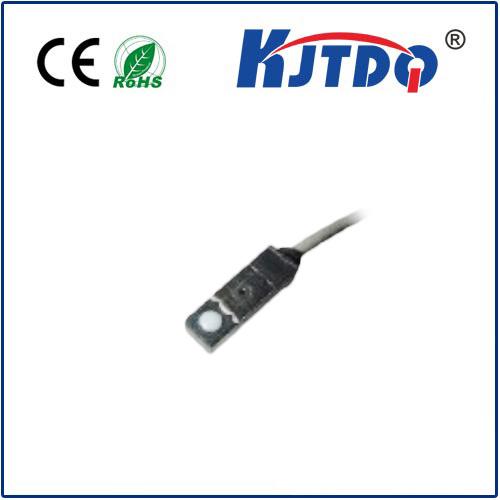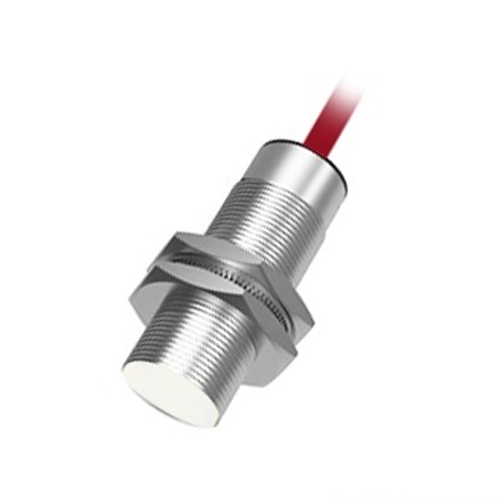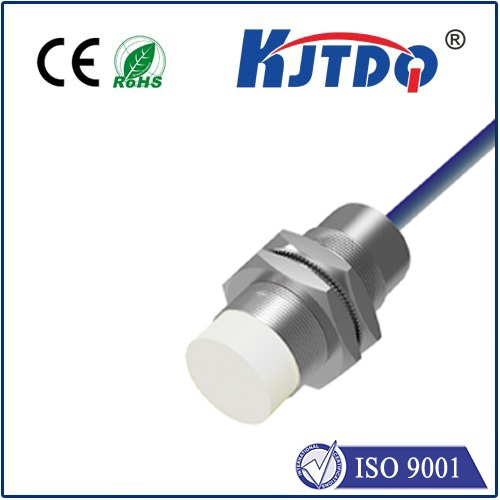

check

check

check

check
Imagine this: A massive overhead crane glides smoothly along its runway, transporting tons of critical materials high above a busy factory floor. Suddenly, a potential disaster looms – the crane approaches the physical end of its track far too rapidly. Without intervention, it could crash into the end stop, causing catastrophic damage, injury, and costly downtime. What prevents this scenario? One often-overlooked but absolutely vital component: the rotary limit switch for crane.
This unassuming device is the silent sentinel, the definitive boundary keeper within your crane’s control system. Its sole purpose? To reliably and precisely detect the crane’s travel limits – whether traversing the bridge, trolley, or hoist – and instantly halt movement before dangerous overtravel occurs. It’s not merely an accessory; it’s a fundamental safety pillar indispensable for modern crane operation.
Understanding the Rotary Limit Switch Core Function
At its essence, a rotary limit switch is a precision electromechanical position sensor. Unlike simple bumper switches, it operates based on rotational movement. Typically, it’s mechanically linked to the crane’s motion – often via a cable drive system, gearbox, chain, or a geared wheel running directly on the crane rail. As the crane moves, this linkage rotates an internal shaft within the limit switch housing.
Inside this rugged housing lies the critical mechanism: one or more hardened steel cams are mounted on this rotating shaft. These cams are meticulously positioned and shaped according to the required limit points. As the shaft turns with the crane’s travel, these cams activate heavy-duty, snap-action switches (microswitches). When the crane reaches a pre-set position corresponding to the edge of its safe travel zone (either direction for bridge and trolley, upper and lower for hoist), the rotating cam precisely triggers the associated switch.

The Critical “Stop” Signal: This switch activation sends an immediate electrical signal to the crane’s motor control circuitry. This signal overrides the operator’s command and cuts power to the relevant drive motor(s), applying the brake and bringing the crane to a controlled, safe stop – typically with a small safety buffer before the absolute physical limit. This prevents overtravel, protecting the crane structure, the end stops, the runway, and most importantly, personnel and property below.
Why Rotary Limit Switches are Tailor-Made for Cranes
Why choose a rotary switch for limiting crane travel over other types? The answer lies in the demanding nature of crane applications:
Key Features Ensuring Peak Performance
Selecting the right rotary limit switch demands attention to features critical for crane safety and longevity:
The Tangible Benefits: Safety, Uptime, and Cost Control
Investing in reliable, properly specified, and well-maintained rotary limit switches delivers significant operational advantages:
Conclusion: More Than Just a Switch
The rotary limit switch for crane is far more than a simple component; it’s an active safety system, a precision positioning device, and a reliability enhancer rolled into one. Its role in ensuring the smooth, efficient, and, above all, safe operation of cranes in workshops, factories, ports, and construction sites cannot be overstated. By providing the definitive “stop” signal just before danger, this unassuming guardian operates silently in the background, embodying the critical principle that the best safety systems are the ones that prevent incidents from ever happening. Choosing, installing, and maintaining high-quality rotary limit switches is not just an operational decision; it’s a fundamental commitment to safety and responsible asset management.

